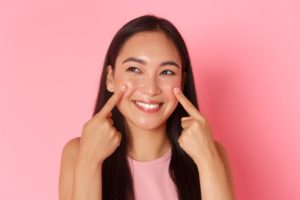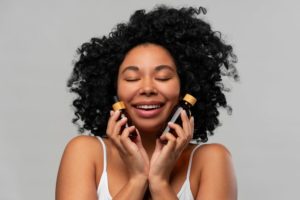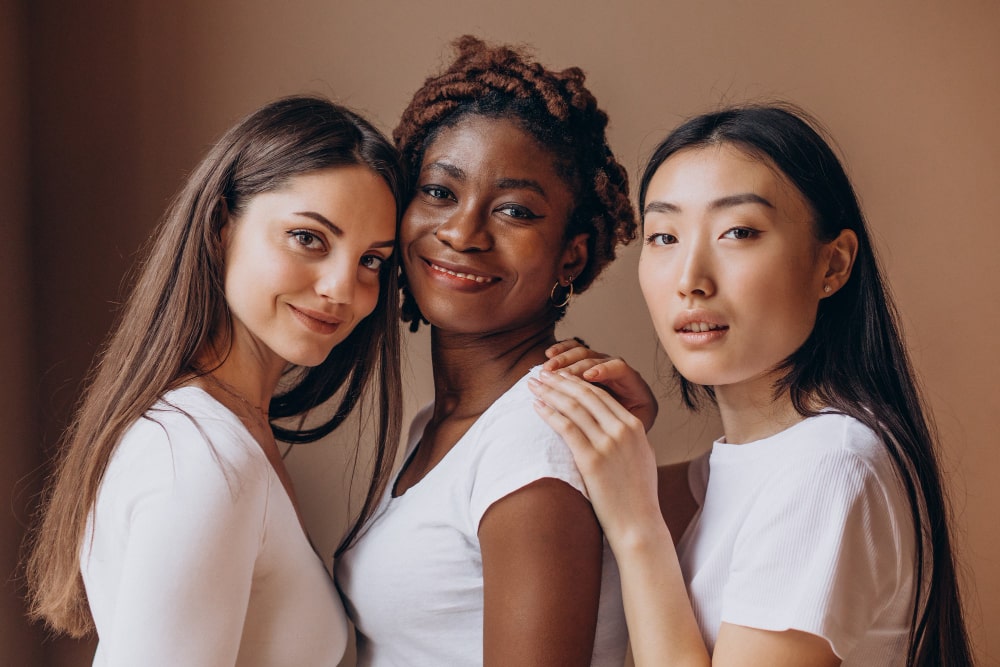Have you ever thought about how other cultures utilize particular materials and techniques to get their own distinctive looks? We’ll go deeply into customary beauty practices from many cultures throughout the world in this blog post. We’re finding all kinds of amazing ways individuals groom themselves, from Japanese geisha makeup procedures to Indian “ubtan” beautifying masks! Prepare yourself for an exhilarating journey into the fascinating realm of global beauty traditions!
Although beauty is a universal notion, cultural perspectives on its meaning and value vary. The importance of cultural diversity in these practices is rooted in the fact that every culture contributes a diverse range of customs, values, and practices to the field of beauty.
Cultural Standards and Ideals of Beauty
Cultural disparities in beauty standards are not just surface-level distinctions; they have deep roots in historical norms, belief systems, and cultural conventions. For instance, although browned skin may be idolized in the West, lighter skin tones are considered the pinnacle of beauty in certain Eastern societies. These discrepancies can be attributed to historical and social influences on beauty standards, which are frequently connected to a person’s socioeconomic class, status, or line of work.
Furthermore, there are significant cultural differences in how people view their bodies, which is evidence of the diversity of human aesthetics and values.
Culturally Diverse Skincare Secrets & Popular Beauty Rituals Globally

1. Asian Secrets
Asian beauty rituals are highly regarded for their emphasis on attaining youthful, luminous skin, especially in the case of Korean and Japanese geisha skincare. These rituals demonstrate a thorough commitment to skincare, ranging from the use of natural products like rice water and green tea to double cleansing techniques. These customs represent a culture’s reverence for the natural world, self-care, and self-control rather than just being acts of vanity.
2. Middle Eastern Traditions
Ancient customs like henna application and Hammam rites, frequently associated with celebration and purification, are part of Middle Eastern beauty traditions. In this area, using natural components like rose water and argan oil is emphasized in skincare routines. The region’s beauty rituals are deeply ingrained in its religious and cultural fabric, improving spiritual well-being in addition to outward appearance.

3. African Rituals
Natural hair care and styling methods, which are closely linked to identity and ancestry, are highly valued in African beauty rituals. Because of their nutritional qualities, natural substances like argan oil and shea butter are frequently utilized. Here, beauty practices frequently have symbolic connotations that denote status, communal belonging, and rites of passage.
4. South American Wisdom
Native American methods and materials have a major role in South American beauty traditions. There’s a strong bond with nature’s abundance, from Andean skincare practices that use mineral-rich clay to the usage of plant extracts from Amazonia. These customs, which are frequently connected to festivals and spirituality, are a reflection of the abundant biodiversity and ancestors’ wisdom in the area.
5. Western Beauty Standards
Western Beauty Rituals have changed as a result of advances in science and technology as well as societal shifts. Western beauty regimens of today combine traditional methods, cutting-edge procedures, and a rising demand for natural and organic goods. Globalization is clearly having an effect on beauty standards here, as evidenced by the growing acceptance and blending of beauty practices from various cultures.
International Effects on Beauty Trends
Beauty trends have been greatly impacted by the growth of social media and technology, which has made cross-cultural interactions easier than ever. Multicultural beauty companies and products that promote diversity have emerged as a result of this.
However, to prevent appropriation and foster sincere appreciation, cultural influences must be navigated appropriately.
Hype of Self-Care
Across cultural boundaries, beauty rituals frequently indicate a closer relationship with self-care routines. They promote holistic well-being, awareness, and relaxation. Cultural rituals, such as the calming Hammam bath or the contemplative Japanese tea ceremony, serve as an inspiration for self-care techniques around the world.
In Summary
In the beauty industry, accepting cultural diversity as the world grows more interconnected is critical. This entails learning from other beauty customs, fostering cultural interchange, and supporting diversity and representation in beauty marketing. We can create a world that is richer, more comprehending, and more beautiful by doing this.
Culturally Diverse Skincare Secrets FAQ-
What are some traditional skincare practices from East Asia that contribute to radiant skin?
East Asian skincare often involves a multi-step routine, including gentle cleansing, hydration-focused products like essences and sheet masks, and sun protection. Ingredients like green tea, rice extracts, and ginseng are commonly used for their nourishing properties.
What are the essential steps for a home-based skincare routine?
Creating an effective home-based skincare routine involves cleansing, toning, moisturizing, and using targeted treatments. Identify your skin type and concerns to customize products that address your specific needs.
Can I use natural ingredients from my kitchen for skincare?
Yes, many kitchen ingredients like honey, yogurt, and avocado can be incorporated into DIY masks. However, it's essential to understand your skin type and potential allergies before experimenting with homemade treatments.
What should I do if I have a reaction to a skincare product?
If you experience irritation or an allergic reaction, immediately discontinue use of the product. Wash your face with a gentle cleanser and apply a soothing, fragrance-free moisturizer. If the reaction persists, consult with a dermatologist for professional guidance.

